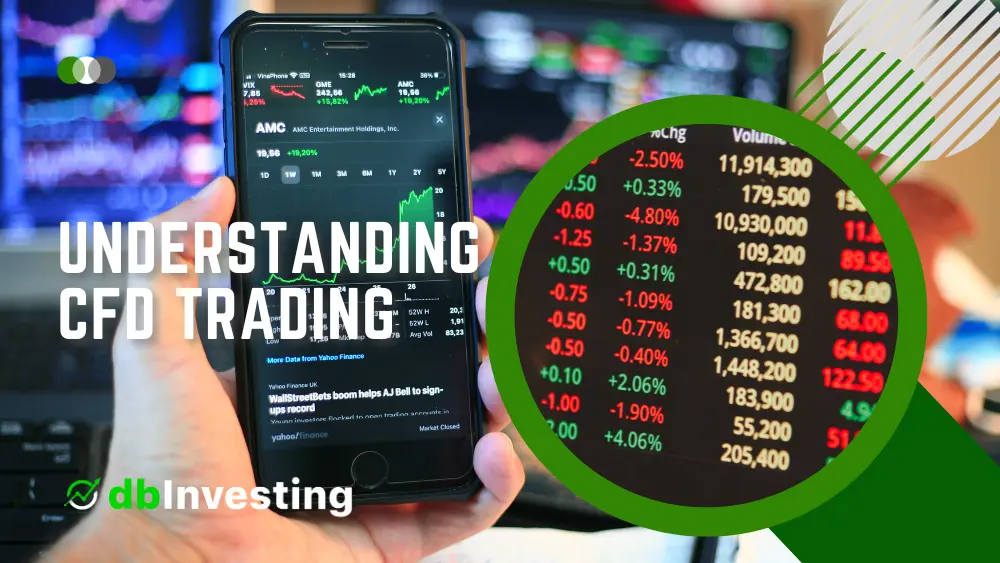Contract for Difference (CFD) trading has gained popularity as a versatile and accessible financial instrument in recent years. This comprehensive article aims to provide an in-depth understanding of CFDs, covering everything from their definition and meaning to the intricacies of CFD trading and analysis.
What is a CFD?
A Contract for Difference (CFD) is a derivative financial instrument that allows traders to speculate on the price movements of various underlying assets without owning the assets themselves. In essence, CFDs are contracts between traders and CFD providers, where the parties agree to exchange the difference in the asset’s price between the contract’s opening and closing positions.
CFD Meaning and Basics
- Contract: A CFD is essentially a legally binding agreement between two parties – the trader and the CFD provider. The contract outlines the terms, including the chosen underlying asset, contract size, and duration.
- Difference: CFDs derive their name from the fact that traders speculate on the difference in the price of an asset between the contract’s opening and closing positions.
- For: CFDs are used for trading various financial instruments, including stocks, indices, commodities, cryptocurrencies, and forex.
How CFDs Work
To understand CFD trading, it’s important to grasp the mechanics of how CFDs work:
- Choosing an Underlying Asset: Traders select an underlying asset they want to trade, such as a stock, currency pair, or commodity.
- Opening a Position: The trader and CFD provider agree on a contract, specifying the asset’s current price, quantity, and other terms. The trader can go either long (buy) or short (sell) on the asset’s price movement.
- Price Movement: As the price of the underlying asset moves, the CFD’s value changes in real-time. If the price moves in the trader’s favor, they profit; otherwise, they incur losses.
- Closing the Position: At any point, the trader can close their CFD position. The difference between the opening and closing prices determines the trader’s profit or loss.
Key Advantages of CFD Trading
CFD trading offers several advantages:
- Leverage: Traders can access larger positions than their initial capital through leverage, potentially magnifying profits (but also losses).
- Diversification: CFDs enable traders to diversify their portfolios across various asset classes without owning the actual assets.
- Short Selling: CFDs allow traders to profit from falling prices by going short, making them versatile instruments in both bull and bear markets.
- Lower Costs: Compared to traditional trading methods, CFDs often have lower transaction costs.
CFD Analysis
Analyzing CFDs involves the same principles as analyzing the underlying assets. Common analysis techniques include:
- Fundamental Analysis: Examining the financial health and performance of companies for CFDs based on stocks.
- Technical Analysis: Studying historical price and volume data to identify trends and make predictions.
- Sentiment Analysis: Assessing market sentiment and news for insights into price movements.
- Risk Management: Implementing risk mitigation strategies, such as stop-loss and take-profit orders, to protect against significant losses.
- Leverage Management: Understanding and managing the risks associated with leverage is crucial in CFD trading.
Conclusion
In summary, CFDs are versatile financial instruments that allow traders to speculate on the price movements of various assets without owning them. This article has provided a comprehensive overview of CFDs, from their definition and meaning to the mechanics of trading and analysis.
It’s important to note that while CFDs offer opportunities for profit, they also carry significant risks, so it’s crucial for traders to educate themselves and employ proper risk management techniques before engaging in CFD trading.




